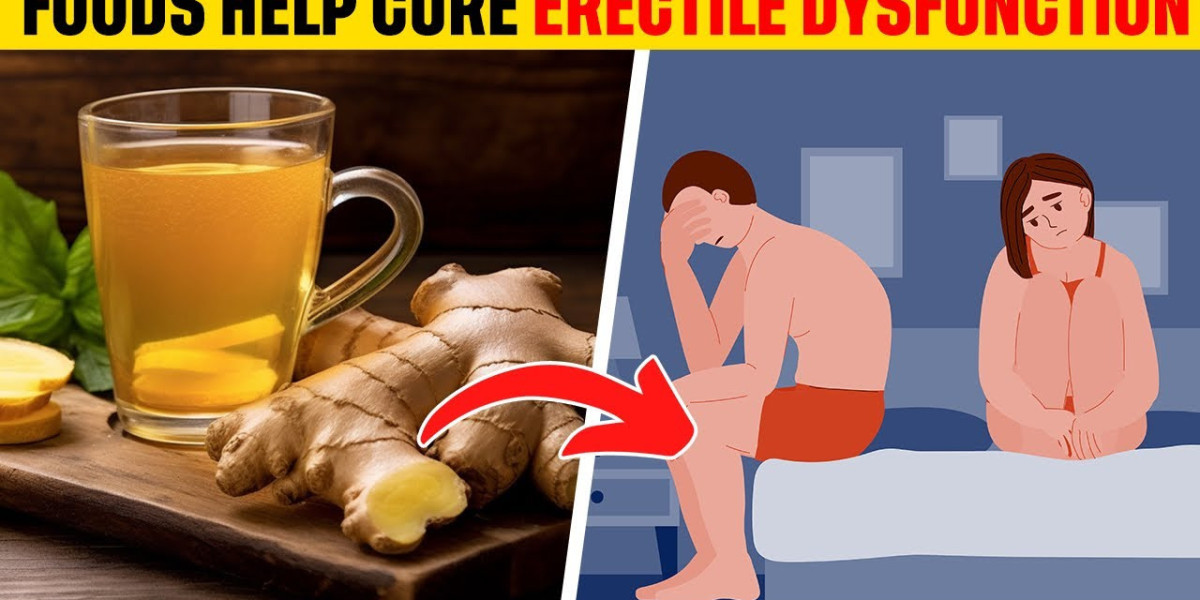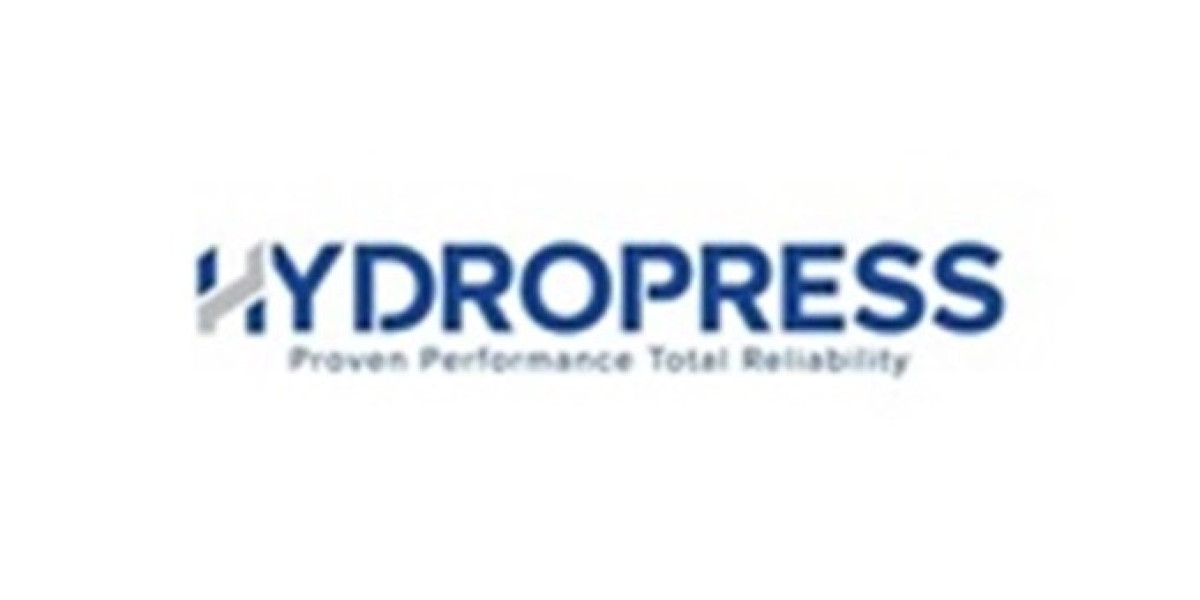Indoor air quality is often overlooked when discussing home comfort. While temperature control is a given, the freshness and cleanliness of the air you breathe inside your home or workspace matter just as much—if not more. This is where a fresh air conditioner plays a critical role.
Unlike traditional air conditioning systems that only cool or heat recirculated air, fresh air conditioners introduce outdoor air, filter it, and then regulate its temperature, improving overall air quality. This makes them ideal for both residential and commercial environments, especially in cities with poor air circulation or pollution.
? What is a Fresh Air Conditioner?
A fresh air conditioner is a climate control system that pulls in filtered outdoor air, mixes it with indoor air, and maintains the desired temperature. This ventilation-based system supports healthy oxygen levels and reduces pollutants like dust, VOCs (Volatile Organic Compounds), CO₂, and mold spores.
Key Functions:
Introduces purified outdoor air
Maintains optimal temperature
Removes stale or contaminated indoor air
Balances indoor humidity
Reduces airborne bacteria and allergens
? Why Fresh Air Conditioning is Important for Health
According to indoor air quality studies, people spend over 90% of their time indoors, where pollutants can be 2–5 times higher than outdoor levels. Poor air circulation can result in:
Allergic reactions
Respiratory problems
Headaches and fatigue
Mold and mildew growth
A fresh air conditioner combats these issues by continuously supplying clean, oxygen-rich air. This is especially valuable in high-density urban areas or tightly insulated buildings where air circulation is minimal.
? Comparison Table: Fresh Air Conditioner vs. Traditional Air Conditioner
| Feature | Fresh Air Conditioner | Traditional Air Conditioner |
|---|---|---|
| Introduces Outdoor Air | ✅ Yes | ❌ No |
| Improves Indoor Air Quality | ✅ Excellent | ⚠️ Moderate |
| Removes CO₂ and VOCs | ✅ Yes | ❌ No |
| Energy Efficiency | ⚠️ Moderate to High | ✅ High (but recirculates air) |
| Reduces Airborne Allergens | ✅ Yes | ⚠️ Limited |
| Installation Complexity | ⚠️ Higher (ventilation needed) | ✅ Simpler setup |
? How Does It Work?
Fresh air air conditioners combine ventilation, filtration, and temperature control:
Air Intake: Outdoor air is drawn through a dedicated vent.
Filtration: Multi-layer filters (HEPA, carbon, or electrostatic) remove dust, pollen, and pollutants.
Mixing Process: Clean outdoor air is blended with indoor air.
Cooling or Heating: The system adjusts the air temperature to your set preference.
Air Distribution: The conditioned, fresh air is circulated throughout the indoor space.
⚙️ Key Components of a Fresh Air Conditioner
| Component | Purpose |
|---|---|
| Fresh Air Duct | Channels outdoor air into the unit |
| HEPA/Activated Filter | Filters allergens, pollutants, and bacteria |
| Heat Exchange Core | Maintains energy efficiency while ventilating |
| Dehumidifier Module | Reduces moisture and prevents mold |
| Smart Controller | Adjusts airflow based on CO₂ and humidity levels |
✅ Benefits of Using a Fresh Air Conditioner
✔️ Improved Air Quality
Reduces indoor CO₂ levels
Filters harmful particles and gases
Freshens indoor environments naturally
✔️ Enhanced Productivity and Wellbeing
Lower CO₂ and pollutants = better concentration and alertness
Ideal for offices, classrooms, and home workspaces
✔️ Allergy and Asthma Relief
Removes common irritants like pollen, pet dander, and dust mites
✔️ Energy-Efficient Ventilation
Modern systems use energy recovery to reduce heating/cooling loss
? Best Applications
Homes in high-pollution areas
Commercial offices with limited window access
Educational facilities
Medical clinics
Gyms and fitness centers
Hotels and hospitality spaces
❓ Frequently Asked Questions (FAQs)
Q1: Can a fresh air conditioner eliminate indoor odors?
A: Yes. These systems filter out not only dust and allergens but also odors from cooking, pets, or smoke using activated carbon filters.
Q2: Are they suitable for humid climates?
A: Absolutely. Most systems come with built-in dehumidifiers that remove excess moisture, preventing mold and mildew buildup.
Q3: How often should I replace the filters?
A: Generally, every 3 to 6 months, depending on the air quality and manufacturer’s recommendations. HEPA and carbon filters may need more frequent replacement in polluted environments.
Q4: Do these systems work in cold weather?
A: Yes. Advanced fresh air conditioners use heat recovery ventilation (HRV) or energy recovery ventilation (ERV) to warm the incoming air, preventing heat loss during winter.
Q5: What is the maintenance requirement?
A: Regular maintenance includes:
Filter replacement
Vent cleaning
Annual servicing by a professional technician
? Energy Consumption & Cost Insight
While a fresh air conditioner may consume slightly more energy than a recirculation-only system due to ventilation, newer models are designed to minimize energy loss using energy recovery or smart sensors that optimize airflow based on real-time indoor conditions.
| Feature | Typical Range |
|---|---|
| Daily Power Usage | 1.2 – 2.5 kWh |
| Annual Maintenance Cost | $100 – $250 USD |
| Filter Replacement Cost | $30 – $80 USD/filter |
? Pro Tips for Maximizing Efficiency
Choose the right capacity: Match BTUs and airflow (CFM) to your room size.
Keep windows closed during operation to maintain indoor pressure balance.
Use smart controls to automate based on occupancy and CO₂ sensors.
Combine with air purifiers in extremely polluted areas for extra protection.








